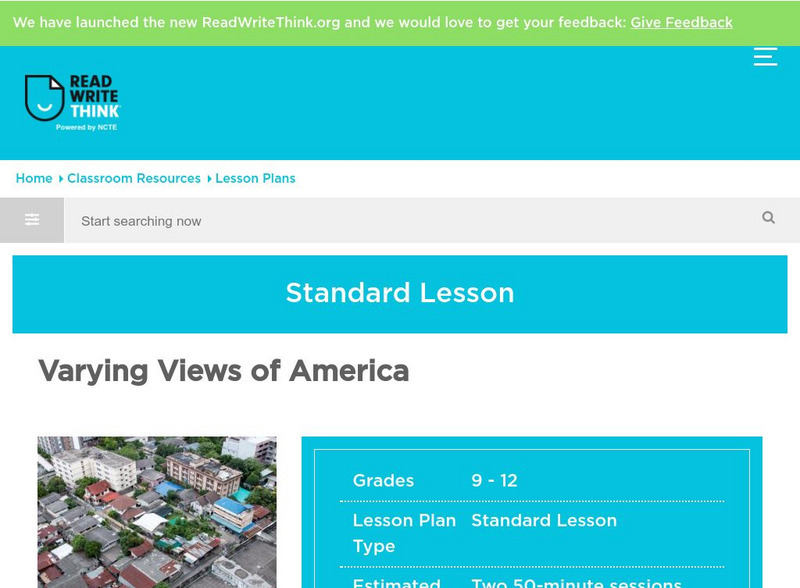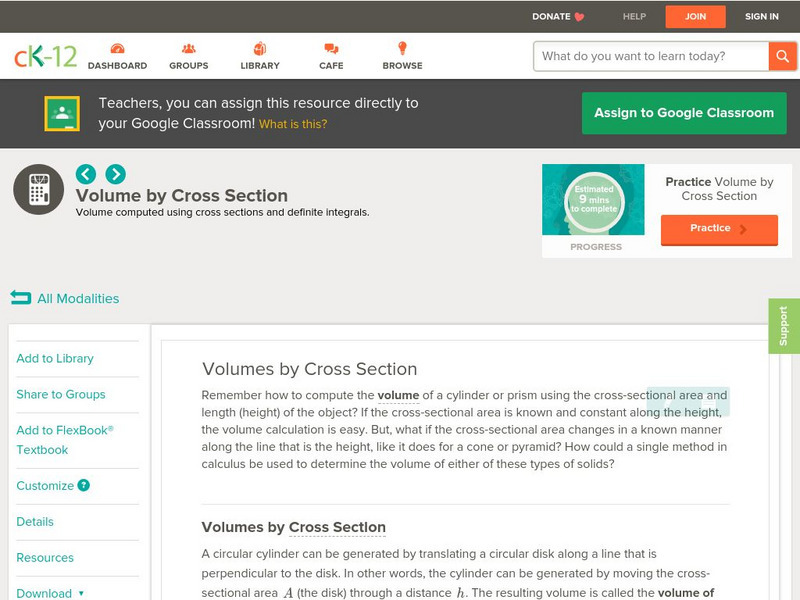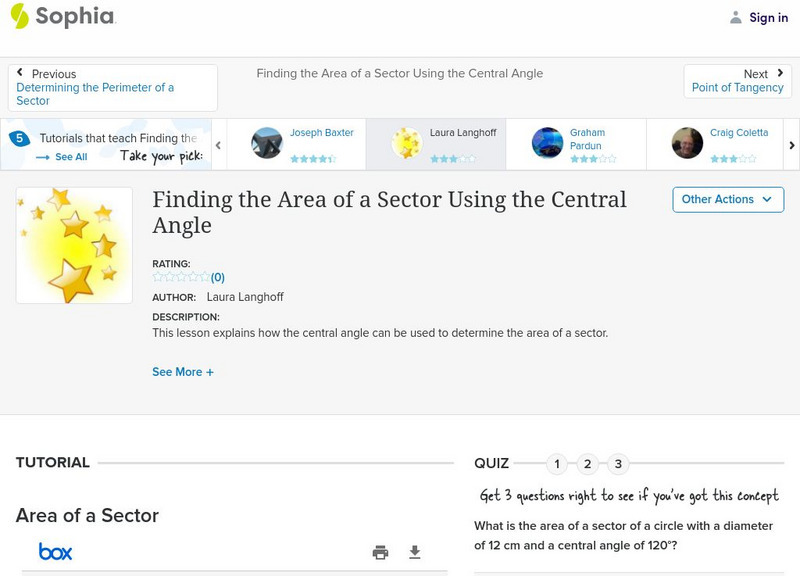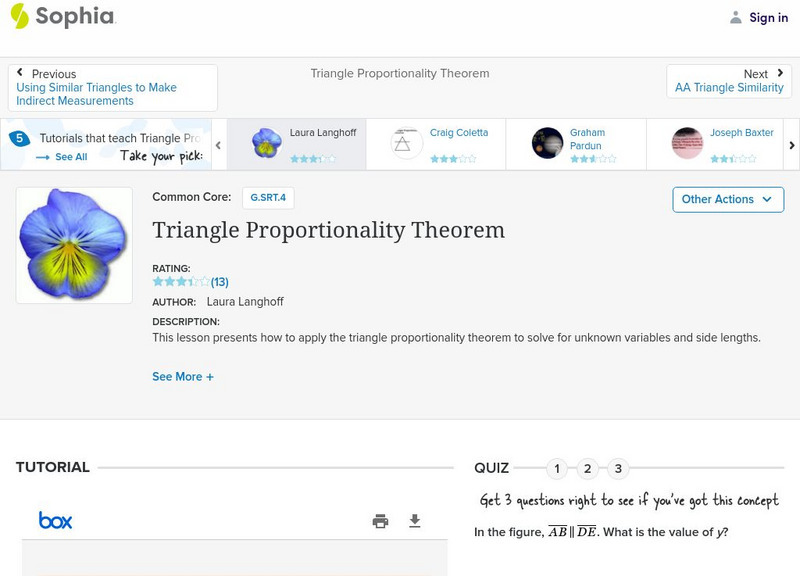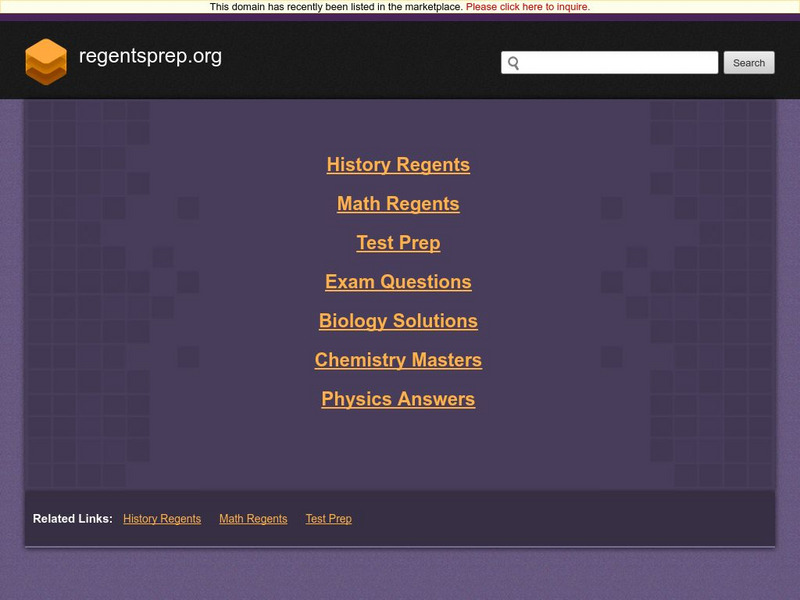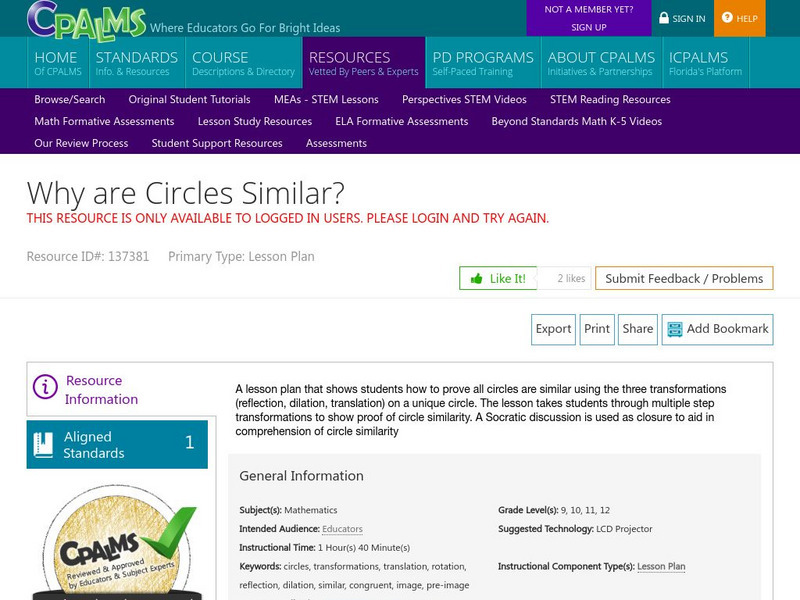Other
Form Swift: Common Core Lesson Plans
Three, customizable Common Core lesson plan templates educators can create and fill out for math, science, and language arts.
ReadWriteThink
Read Write Think: Charting Characters for a More Complete Understanding
Contains plans for one 60-minute lesson that teaches about a reading strategy called Character Perspective Charting. In addition to student objectives and standards, these instructional plans contains links to PDF handouts and links to...
Better Lesson
Better Lesson: Criteria for Success: Story Problem
Students learn the basics of "Modeling with Mathematics" (CCSS.MP.4) as they practice putting their thinking on paper in this beginning of year lesson. This lesson includes a video tutorial, differentiated worksheets based on skill...
Better Lesson
Better Lesson: Discussing "Goldilocks and the Three Bears"
Today we are picking apart this story and discussing it in great detail so that we can set the foundation for our comparing and contrasting activity on our Day 3 lesson.
ReadWriteThink
Read Write Think: Using Word Webs to Teach Synonyms for Commonly Used Words
Contains plans for seven lessons that teach students to use more expressive synonyms in their written and oral language. In addition to objectives and standards, this instructional plan contains printable resources for the lessons as...
ReadWriteThink
Read Write Think: Character Clash: A Mini Lesson on Paragraphing and Dialogue
Contains plans for a minilesson that teaches about proper dialogue format while writing, specifically paragraphing. In addition to objectives and standards, this instructional plan contains links to sites used in the lessons as well as...
Better Lesson
Better Lesson: Learn a Word: Science Vocabulary Acquisition
In this lesson, students use multiple sources to learn the meanings of science words, collaborating to create useful resources for learning and retaining science vocabulary.
Florida Center for Reading Research
Florida Center for Reading Research: Text Analysis: Incredible Inferences [Pdf]
A lesson plan in which students play a game to cover words on a game board by making inferences. Materials are included.
ReadWriteThink
Read Write Think: Defining and Exploring an Author's Stylistic Choices
Contains plans for two lessons that teach students how to recognize an author's use of style in literature. These plans use "Their Eyes Were Watching God" by Zora Neale Hurston as an example, but the basic ideas can be adapted to other...
ReadWriteThink
Read Write Think: Avoiding Sexist Language by Using Gender Fair Pronouns
Contains plans for two lessons that teach learners how to avoid gender stereotyping while using pronouns. In addition to objectives and standards, this instructional plan contains links to sites used in the lessons as well as assessment...
National Endowment for the Humanities
Neh: Edsit Ement: Character in Place: Eudora Welty's "A Worn Path"
In this lesson plan, students will consider Character in Place: Eudora Welty's "A Worn Path" for the Common Core. Worksheets and other supporting materials can be found under the Resources tab.
ReadWriteThink
Read Write Think: Poetry: Varying Views of America
Lesson allows young scholars to examine the various views of American perspective through studying three poems by diverse poets: "I Hear America Singing" by Walt Whitman, "I, Too, Sing America" by Langston Hughes, and "On the Pulse of...
ReadWriteThink
Read Write Think: Choosing Clear and Varied Dialogue Tags: A Minilesson
Contains plans for one 50-minute lesson that teaches about using dialogue tags like "he said" or "she answered." In addition to student objectives and standards, these instructional plans contain links to PDF handouts and links to sites...
ReadWriteThink
Read Write Think: Comparing and Contrasting: Picturing an Organizational Pattern
Contains plans for two 50-minute lessons that teach about the comparison/contrast organizational pattern. In addition to objectives and standards, this instructional plan contains links to PDF handouts and sites used in the lessons as...
Other
Sadlier School: Comparing and Contrasting Firsthand & Secondhand Texts
This unit uses first- and second-hand accounts to explore the life of Ruby Bridges and revolves around the book "Through My Eyes" by Ruby Bridges. This detailed lesson includes a full literacy unit, tips for small group and independent...
ReadWriteThink
Read Write Think: A Picture's Worth a Thousand Words: Image to Narrative
This lesson, which can be adapted to fit with any picture you choose, works for students of all levels.
CK-12 Foundation
Ck 12: Calculus: Volume by Cross Section
[Free Registration/Login may be required to access all resource tools.] This tutorial explains how to calculate the volume of various solids using the 'slicing' method and then deriving a formula for each solid. It goes on to discuss...
PBS
Pbs Learning Media: Keep Going! Building a Culture of Perseverance in Math
This learning module includes several lessons that will help coach secondary students to have perseverance in math class. This module addresses the Problem Solving and Perseverance standard from the Common Core Standards for Mathematical...
Sophia Learning
Sophia: Finding the Equation for an Ellipse: Lesson 2
This lesson explains the steps for how to find the equation for an ellipse given its foci and vertices. It is 2 of 4 in the series titled "Finding The Equation For An Ellipse."
Sophia Learning
Sophia: Finding the Equation for an Ellipse: Lesson 1
This brief lesson shows how to find the equation for an ellipse given its foci and vertices and presents a problem to try. Includes a short quiz. It is 1 of 4 in the series titled "Finding The Equation For An Ellipse."
Sophia Learning
Sophia: Finding the Area of a Sector Using the Central Angle: Lesson 2
This lesson explains how the central angle can be used to determine the area of a sector and presents several practice problems. Includes answers and a short quiz. It is 2 of 5 in the series titled "Finding the Area of a Sector Using the...
Sophia Learning
Sophia: Triangle Proportionality Theorem: Lesson 4
This lesson presents how to apply the triangle proportionality theorem to solve for unknown variables and side lengths. It is 4 of 6 in the series titled "Triangle Proportionality Theorem."
Oswego City School District
Regents Exam Prep Center: Rational (Fractional) Expressions
A wealth of resources to help you in planning classroom instruction on rational expressions: lesson plans offer guidelines for and examples of simplifying, adding and subtracting, multiplying and dividing rational expressions; practice...
CPALMS
Cpalms: Why Are Circles Similar?
[Free Registration/Login Required] A comprehensive lesson plan for teaching how to prove that all circles are similar by using three types of transformations.


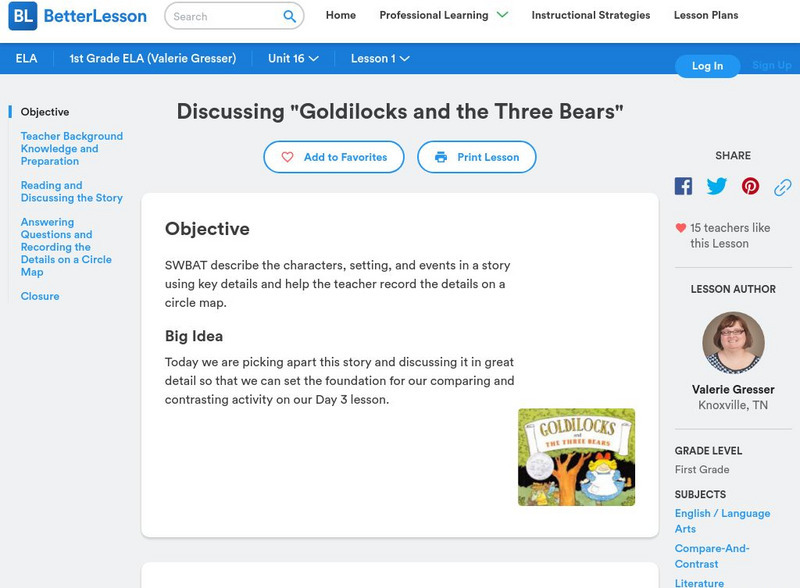


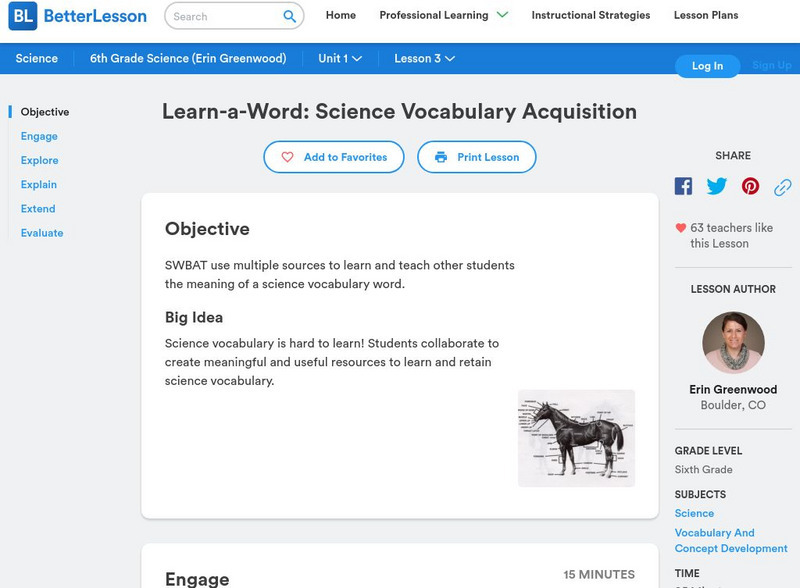
![Florida Center for Reading Research: Text Analysis: Incredible Inferences [Pdf] Lesson Plan Florida Center for Reading Research: Text Analysis: Incredible Inferences [Pdf] Lesson Plan](https://content.lessonplanet.com/knovation/original/509092-1f8464bfd22060486a7ced8fa8c4310e.jpg?1661786985)



